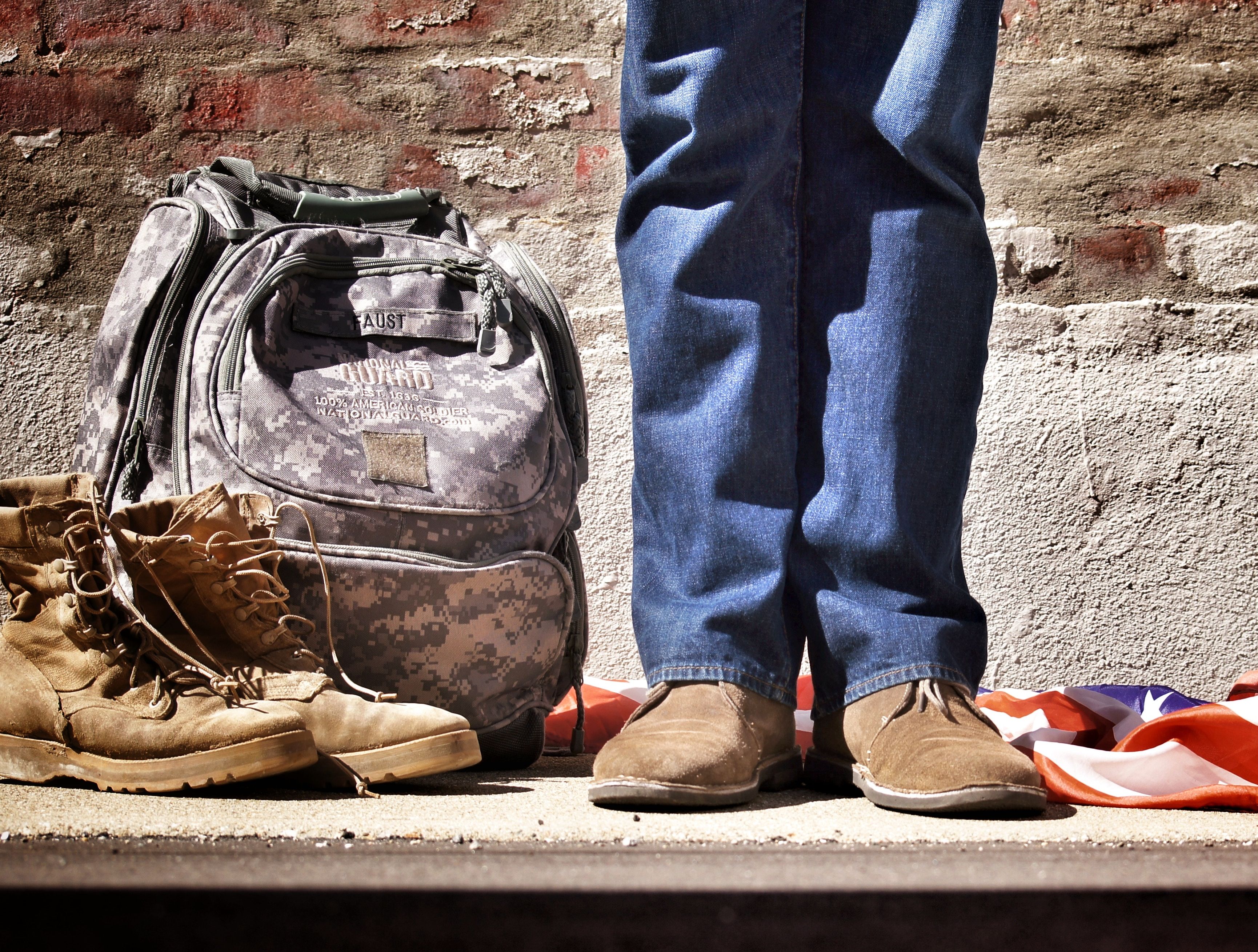Occupational Therapy and Driving Simulators Help Veterans Regain Independence

United States veterans take an oath to serve each of us as a citizen of this country — to put our safety above their own. They sacrifice themselves, sometimes at the highest level, to ensure our freedoms and the survival of democracy. They are pictures of strength and courage. But when circumstances arise, or fortunes shift, and our veterans are the ones in need of care, occupational therapists (OTs) step in to help them maintain or regain the independence inherent in their spirits.
In support of wounded veterans, OTs find ways to help optimize mobility and functioning in ways that are unique and meaningful to the individual. OTs can assist veterans who have suffered loss of limbs, endure chronic pain, experience PTSD, or have lingering symptoms from traumatic brain injuries from combat. Veterans also might seek the assistance of OTs when battling diseases not related to their time in service, such as Parkinson’s Disease or ALS.
As a medical discipline, occupational therapy is the use of assessment and intervention to develop, recover or maintain the meaningful activities, or occupations, of individuals. OTs help individuals improve their abilities to perform tasks for daily living, and develop, recover or maintain daily living and work skills after injuries or illnesses.
For soldiers who voluntarily charge into battle across the globe, it can be a devastating reality to recognize the need to relearn basic living skills such as dressing, cooking, bathing and driving. In many cases, skills that provide the most basic independence for adults can be recovered after injury through occupational therapy. For those hardwired to serve, asking for or recognizing the need for help is not always easy.
One major component of independence is driving and mobility. Driving allows adults to maintain social interaction, participate in community functions, keep medical appointments, get groceries or go to the bank. OTs encounter a wide variety of unique circumstances and individual needs.
A story on the U.S. Department of Veterans Affairs website highlights the unique role OTs play in the rehabilitation of veterans of all ages. The feature story states, “VA occupational therapists work with individuals who suffer from a mentally, physically, developmentally or emotionally disabling condition by utilizing treatments that develop, recover or maintain clients’ activities of daily living.” The article adds, “The therapist helps clients not only to improve their basic motor functions and reasoning abilities, but also to compensate for permanent loss of function.”
As a complex task, driving requires the use and mastery of mental and physical functions. As veterans regain mobility through occupational therapy, virtual driving simulators can serve as valuable tools to help measure abilities and rebuild skills in safe clinical settings.
DriveSafety’s clinical simulators can measure changes in reaction speed or situational awareness in patients recovering from brain injuries or diseases that affect mental functions. They can test for visual impairments, coordinated muscle movements, and serve as a tool to practice with adaptive equipment in vehicles, such as hand shifters or special steering and braking controls. Simulators provide safe environments where patients can focus on regaining independence at their own paces, without the fears associated with on-road tests.
In the 2014 study Efficacy of an Occupational Therapy Driving Intervention for Returning Combat Veterans, combat veterans suffering from mild traumatic brain injuries, post-traumatic stress disorders and orthopedic conditions received occupational therapy driving intervention. Using clinical driving simulators, the study determined baseline driving errors were double the number of post-test errors after three training sessions with an occupational therapist. At post-testing, a significant decrease was noted for total driving errors. These results are promising, and point to the reality that occupational therapists can play key roles in regaining driving independence for disabled veterans.
A CBS report stated the number of disabled veterans jumped 25 percent between 2001 and 2008, to 2.9 million. Today, that number is 3.9 million. Of this number, 1.2 million had a rating of 70 percent or higher, according to the U.S. Census Bureau. For perspective, for veterans that cannot work or function socially at all, the VA usually assigns a disability rates of 100 percent. This is the true cost of war. But, with occupational therapy and the use of driving simulators, veterans returning from battle can get aid in maintaining or regaining their independence.
Study citation: Classen, et. al. Efficacy of an Occupational Therapy Driving Intervention for Returning Combat Veterans. Volume: 34: 4, page(s): 176-182.
Article first published online: October 1, 2014; https://doi.org/10.3928/15394492-20141006-01
Call today to schedule a consultation with a DriveSafety certified technician and get started on safely getting back behind the wheel.